New web performance insights with additional metrics and enhanced Visually complete for synthetic monitors
Dynatrace
AUGUST 5, 2020
Dynatrace Synthetic Monitoring allows you to proactively monitor the availability of your public as well as your internal web applications and API endpoints from locations around the globe or important internal locations such as branch offices. Synthetic monitors help you find issues before they affect your customers.

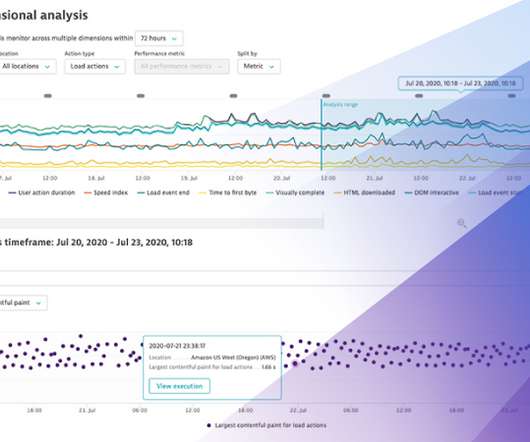
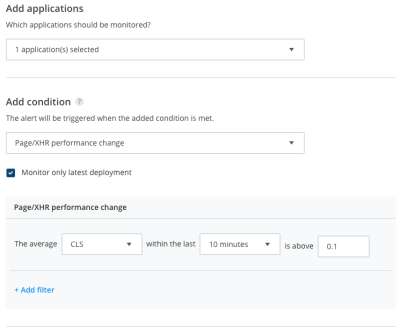
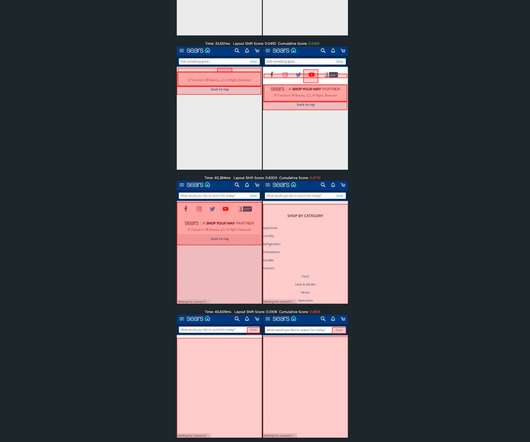
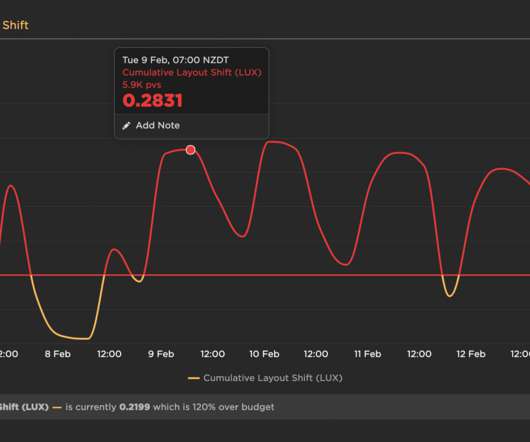
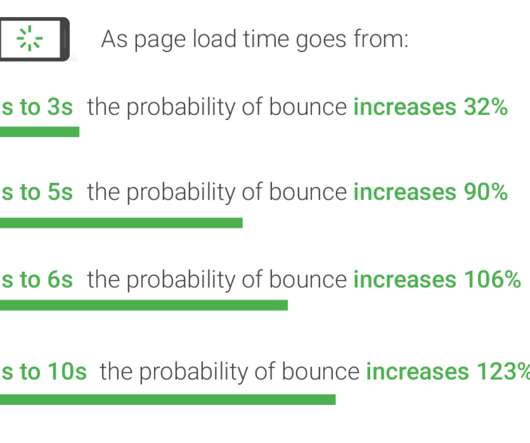

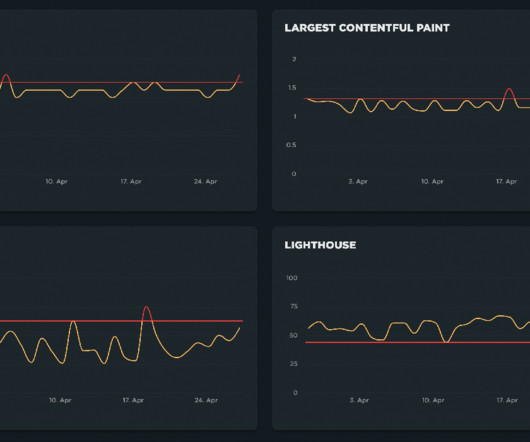











Let's personalize your content